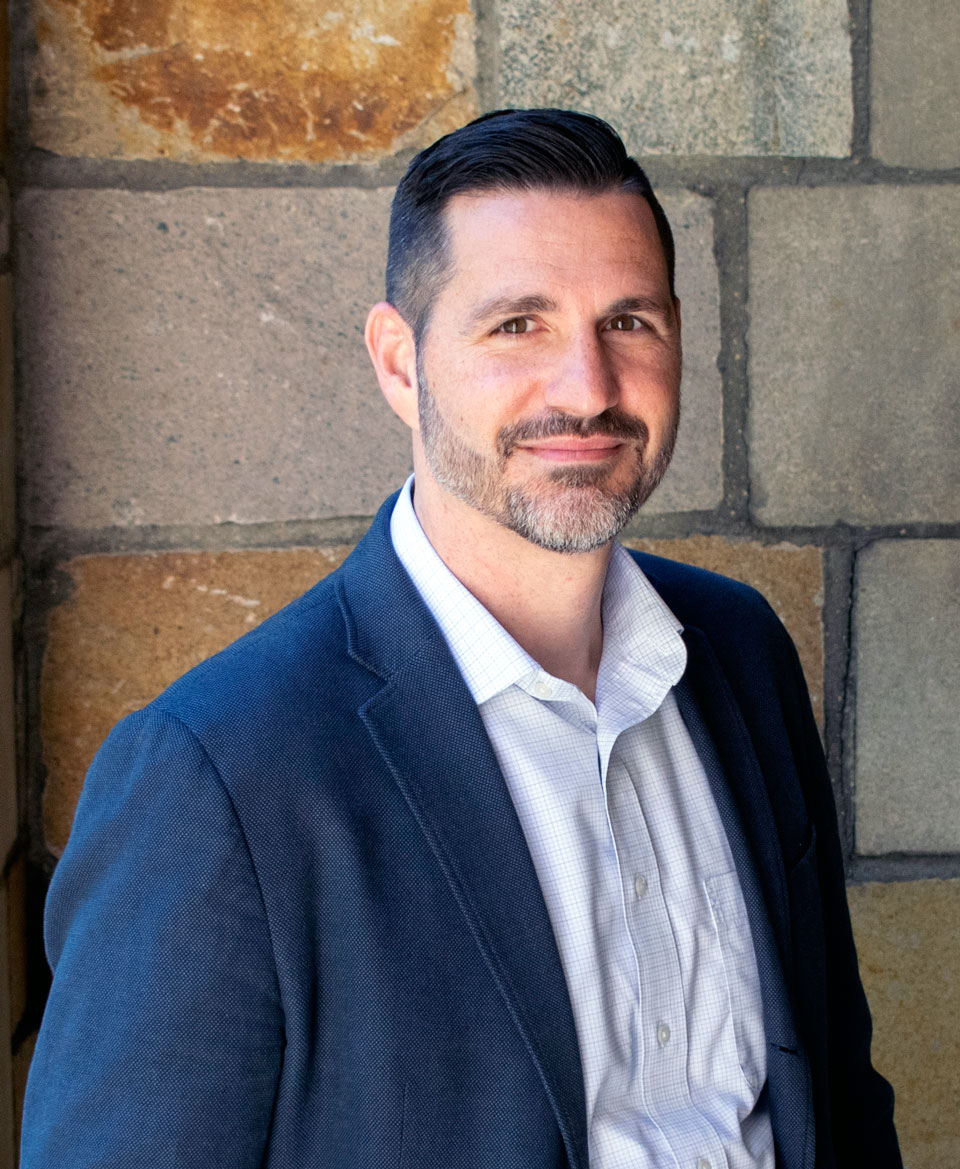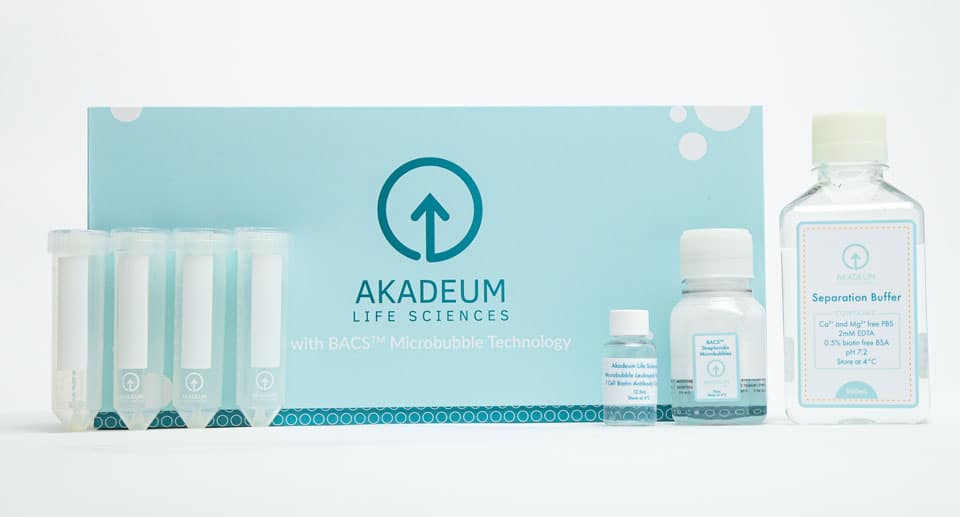Putting People First for Meaningful Innovation

The secret to a truly great organization is the values and beliefs that exist at its core. Since the founding of Akadeum Life Sciences in 2014, the standards we uphold are to diligently help people solve problems in their lab work around separating cells, nucleic acids, or proteins from biological samples. This separation step is unreplaceable in most diagnostics and cell therapy applications.
Despite this importance, little innovation or significant advancement has happened in the field in the last 30 years. As a result, unintended limitations have been put in place, holding back the possibilities of the future. From our direct experience with these limitations in the lab, we started wondering if there was a better solution; whatever it was, we urgently needed it.
When there appeared to be no next-generation technology on the horizon, we decided we should do something about that—or better said by Edison, “There’s a way to do it better – find it.” This is how Akadeum’s flotation-based microbubble technology was born.
Our goal was not simply to create any new technology or product but one that genuinely addressed the pain points that we and our friends in the lab had so acutely felt. As a result, we implemented the Lean Startup Methodology, which involved meeting with hundreds of scientists and researchers.
From spending time with those experiencing problems and focusing on the human element, we understood their obstacles deeply. What resulted was technology and product unlike any that had been developed before, making an otherwise complex process as simple as possible and with higher performance. This is what set the foundation for a customer and people-first culture at Akadeum that continues today as we move into cell and gene therapy applications.

Diving into the field to witness firsthand the customer pain point was not apparent at the start. Early in my career, I believed that solving problems was just about the technology itself, but since realized that it is about the people. That transition came after years of both scientific problem-solving and working with new technologies at startups.
I started my career by spending many years in the lab, first, as a graduate student pursuing a Ph.D. in applied physics, as a clinical postdoctoral researcher, and ultimately as research faculty in biomedical engineering at the University of Michigan. At that time, I was working with a predecessor technology that uses microscopic magnetic beads and related nanotechnology.
My work aimed to develop new diagnostics, manufacturing methods, and research tools. This work eventually led to a venture-backed startup I founded called Life Magnetics, which shut down due to uncertainty around technology-market fit. The technology was innovative, but the acute problem it solved in the market was less clear. I walked away from that experience with a strong sense that if I wanted to solve a problem, I needed to focus on the individual with the problem.
From there, the best solution and technology can be figured out. I carried this newfound view of the world into everything I did afterward. I’ve now had the distinct privilege of seeing the impact of putting others first while working as one of the first Entrepreneurs in Residence at Invest Detroit, codeveloping and teaching the Entrepreneurship Practicum—one of the first courses of its kind at the University of Michigan, and in founding Akadeum Life Sciences.
And what a difference it has made. Due to our strong people-first attitude, the future for Akadeum is bright. We have multiple products on the market, have won Best New Technology from one of the leading groups in our industry, and are positioned for strong growth and impact. Despite being a young company, we are already witnessing incredible applications and uses of our technology. Here are just a few: we are collaborating to improve wastewater testing for COVID and other disease outbreaks, we are seeing scientists run previously impossible experiments, and we have released our first product being used by companies performing Cell and Gene Therapy research.
Our solutions could not come at a better time. The market we serve doubles every 4-5 years, and in areas like Cell and Gene Therapy, therapeutic development has outpaced the need for better tools—a problem that we are uniquely positioned to solve. There is also more to follow. We’ve recently received a broad patent around our microbubble-powered technology, are now compliant with good manufacturing processes (GMP) and will soon release an automated instrument for processing human blood cells for therapeutic discovery and manufacturing. We attribute all our success and progress to having a solid team that puts the people in the market they serve first. We would have it no other way.
Written by Dr. Brandon H. McNaughton.
Have you read?
Best Business Schools In The World For 2022.
Best Fashion Schools In The World For 2022.
Best Hospitality And Hotel Management Schools In The World For 2022.
Best Medical Schools In The World For 2022.
The World’s Best Universities For Doctor of Business Administration (DBA), 2022.
Bring the best of the CEOWORLD magazine's global journalism to audiences in the United States and around the world. - Add CEOWORLD magazine to your Google News feed.
Follow CEOWORLD magazine headlines on: Google News, LinkedIn, Twitter, and Facebook.
Copyright 2025 The CEOWORLD magazine. All rights reserved. This material (and any extract from it) must not be copied, redistributed or placed on any website, without CEOWORLD magazine' prior written consent. For media queries, please contact: info@ceoworld.biz








